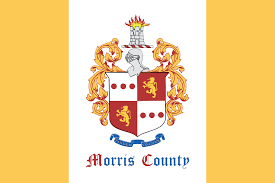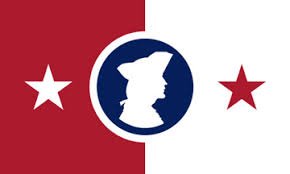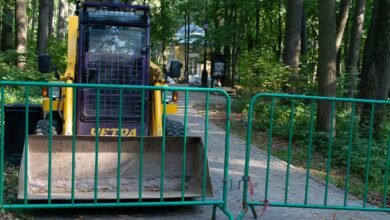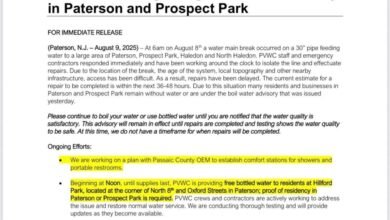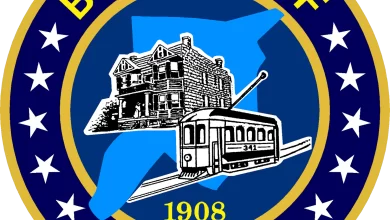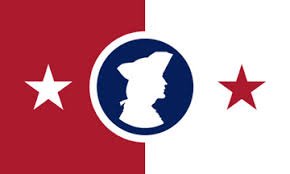
Morristown, NJ: Revolutionary Roots, Black Legacy, and a Downtown That Still Speaks Truth
Known as the “Military Capital of the American Revolution,” Morristown, New Jersey is a place where George Washington’s ghost walks beside Latinx school kids, where jazz quartets play in former courthouses, and where longtime Black communities push to keep their space in a rapidly changing town. It’s a town that wears history proudly—but still has chapters to write around inclusion, access, and the people who make the present just as powerful as the past.
Origin and History
Morristown’s roots run deep—and not just the colonial kind.
- Lenape Homeland: Long before colonial streets, this region was home to the Lenape people, who used the local rivers and ridgelines for seasonal travel and trade.
- Colonial Stronghold: Morristown was founded in 1715 and played a pivotal role in the Revolutionary War. George Washington headquartered troops here during two brutal winters (1777 and 1779–80).
- Black History Hidden in Plain Sight: Enslaved people helped build early Morristown. By the mid-1800s, free Black residents established the Spring Street and Martin Luther King Avenue neighborhoods—still cultural anchors today.
- Immigrant Industry: Irish, Italian, and Eastern European labor built much of modern Morristown’s infrastructure—followed by more recent waves of Latinx and Caribbean migrants.
Demographics
Morristown’s diversity is real—but so is the need for more equitable outcomes.
- Population: Approx. 20,000 residents (2020 U.S. Census)
- Cultural Composition: Roughly 45% white, 35% Latinx (predominantly Mexican, Dominican, and Colombian), 15% Black/African American, 5% Asian and multiracial.
- Languages Spoken: English and Spanish dominate daily life; you’ll also hear Haitian Creole, Portuguese, and Tagalog.
- Immigrant Power: Over 30% of residents are foreign-born, contributing to the town’s service economy, faith communities, and creative workforce.
Geographic Location and Size
Morristown is centrally located—and still has a small-town heartbeat.
- Size: 3 square miles
- County Seat: It’s the seat of Morris County, which makes it a legal, civic, and business hub for the region.
- Transit Access: NJ Transit rail service connects Morristown to Newark and NYC via the Morris & Essex Line. Major highways like I-287 and Route 24 run nearby.
Where We Thrive
Morristown’s strength lies in its creativity, culture, and long-standing community networks.
- Public Schools: The Morris School District includes Morristown, Morris Township, and Morris Plains. The schools are racially and economically diverse, with strong arts programs and an ongoing push for equity in advanced placement and student voice.
- Faith & Civic Leadership: Black churches like Bethel AME and Calvary Baptist have been anchors for spiritual life and social justice since the 1800s.
- Creative Culture: The Mayo Performing Arts Center (MPAC) hosts national talent while local galleries, jazz nights, and poetry readings keep homegrown voices strong.
- Grassroots Power: Nonprofits like Morristown Neighborhood House, Wind of the Spirit (WOTS), and La Casa de Don Pedro uplift youth, immigrants, and working-class families across languages and borders.
Fun Facts and Local Gems
- Morristown Green: A historic park in the center of downtown, once a military training ground—now a hub for festivals, protests, and public art.
- Macculloch Hall: A museum and historic home once owned by abolitionist George Macculloch—also home to one of the country’s largest collections of Thomas Nast political cartoons.
- George Gramby Park: Named after a beloved Black community leader, the park is a space for youth sports and remembrance.
- Morristown’s Juneteenth Festival: A growing community celebration that blends history, music, and food—highlighting the town’s ongoing Black presence and pride.
Challenges and Change
Behind the brick façades and tree-lined streets, Morristown faces real contradictions.
- Gentrification & Displacement: Rising rents and property taxes threaten longtime Black and Latinx families—especially in the Spring Street corridor.
- Equity Gaps in Education: Achievement gaps, cultural bias in curricula, and discipline disparities continue to impact students of color.
- Policing & Immigration Enforcement: Undocumented residents face fear of ICE enforcement, while Black youth report over-surveillance in public spaces.
- Representation Gaps: Town councils and planning boards often do not reflect the full racial or economic diversity of the town.
Community Voices
“We’re proud to say Washington slept here—but we also need to say who cleaned those sheets, who built this city, and who’s still waiting to be fully seen.”
— Miguel S., Latinx youth leader and first-gen college student
Why Morristown Matters
Morristown is often marketed for its colonial past. But its real power is in the people who are shaping its present and its justice-minded future. This is a town where Black pastors and immigrant mothers, artists and organizers, young students and elder historians are all part of the story. And that story deserves to be told—loud, local, and proud.
HFYC uplifts Morristown because history is still happening here—and equity must live in more than the brochures.
Call to Action
Live in Morristown? Know a youth leader, vendor, organizer, artist, grandparent, or educator helping shape the town’s next era?
Let us help tell their story.
Submit a feature, nominate a changemaker, or reflect on what Morristown means to you—from the courthouse to the corner store.
